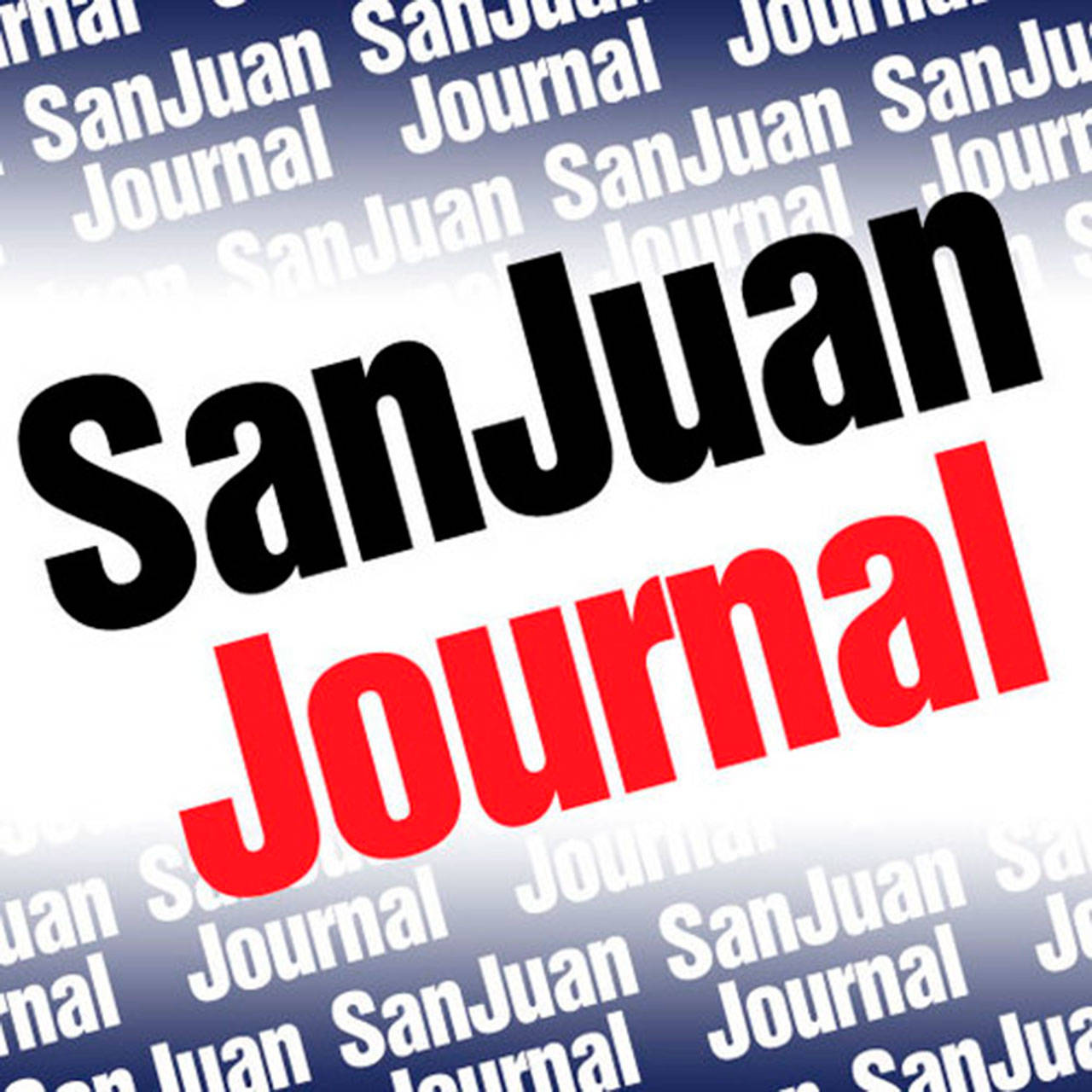The image of an orca mother carrying her dead newborn through rough seas day after day is heart-wrenching.
Not only does it show the strong bond between orcas, but it also illustrates that whales and humans may be more alike than different.
And if we are similar, it poses a disturbing question: Why are we hurting rather than helping this species?
Around 75 percent of newborns in the last two decades have not survived, and 100 percent of pregnancies in the past three years have resulted in dead calves. Only 75 resident orcas remain. This is a painfully low number.
National Oceanic and Atmospheric Administration has concluded that the largest threats are lack of food (Chinook salmon); contaminants and toxic waters; and increased pressure from vessels, including presence and sound, which inhibits their ability to successfully hunt for food and communicate with one another.
These are human pressures, which can be relieved or reduced if we make a serious effort.
We applaud Gov. Jay Inslee’s order to create a task force to protect the Chinook. We support vessel operators who are volunteering to follow a no-go zone on the west side of the island. We appreciate the county’s whale warning flags – which are also used in Canada – to raise both on land and in boats when whales are nearby as an extra precaution.
According to a 2017 report on threats to orcas, reducing acoustic disturbance by 50 percent combined with increasing Chinook numbers by 15 percent would allow residents to increase by 2.3 percent.
We encourage whale lovers to watch these beloved creatures from the land so as to not disturb the orcas.
Orcas are what scientists refer to as an indicator species – a species that, when in decline or goes extinct can mean catastrophic effects to the environment. If the orcas are dying because of human-caused reasons, it’s likely the ecosystem they reside in, including other marine plants and animals, will be negatively impacted as well.
Let’s make this population growth happen by continuing to restrict boaters’ behavior and by focusing on salmon recovery. We are hopeful that it’s not too late to turn the tides.
We also want to remind people that the orca mother and her family group J pod need as much space and respect as possible. The Soundwatch Boater Education Program is on scene to help educate boaters and provide a “protection barrier” as much as possible.
J35 is still carrying her baby through the Salish Sea. She is not ready to give up, and neither should we.



